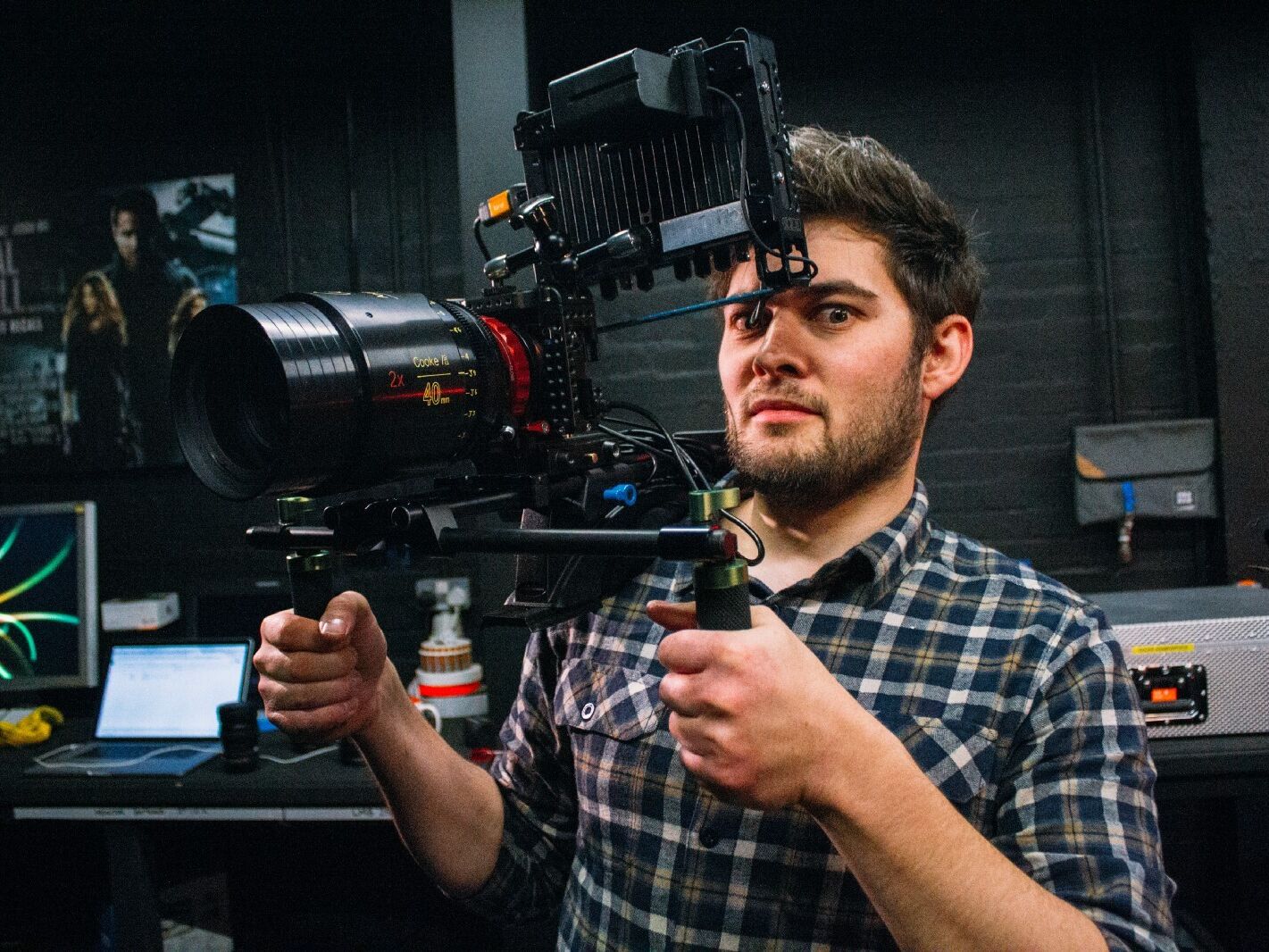RED Weapon S35 8K RAW: First Impressions


Usually, when taking a two week holiday from work, most people typically visit a warm country, go for lots of relaxing walks, and generally do whatever they can to stay as far away from work as possible.
I decided that I’d spend my holiday in a rental house, dribbling over 8K RAW footage from the new RED S35 Weapon. That is my idea of a holiday, apparently.
Stills, LUTs and expletives incoming. Buckle up.
After catching a glimpse of the camera at the most recent IBC and BSC, I was, if nothing else, intrigued by the idea of an 8K camera with a S35 sensor size. I was still feeling a bit edgy about the whole “mo slomo, mo cropping” thing, and the idea of cropping in on a S35 sensor to get slowmo—albeit in 4K—wasn’t filling me with excitement. What was filling me with excitement was the sheer amount of image information, detail and colour rendition that a 35(ish) megapixel sensor could provide.
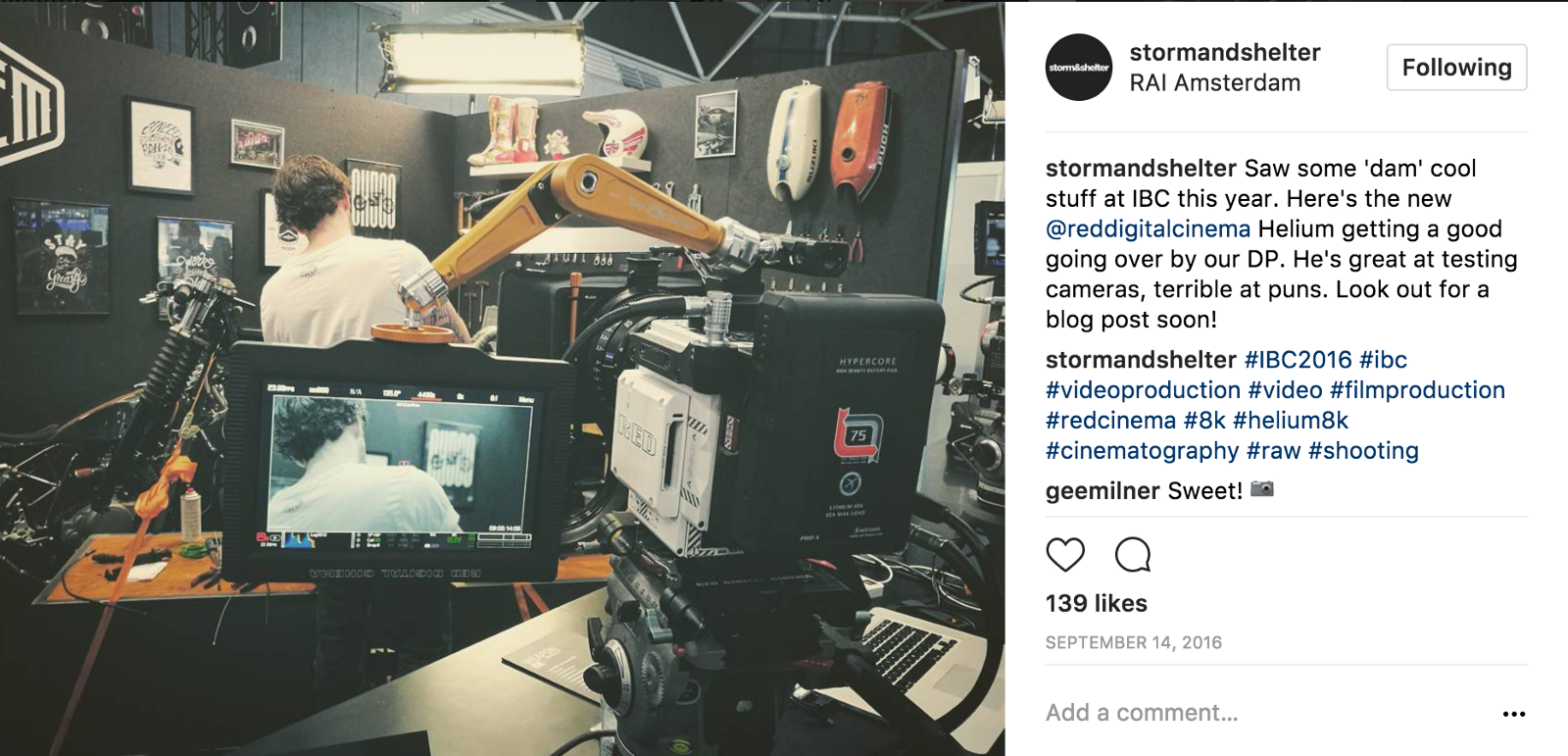
As always, time goes on. I got busy with other projects and for a time I almost forgot all about the 8K behemoth that had my man parts fizzing almost a year ago. That was, until a friend of mine (Olly Jelley, check his stuff out here) shot a music video for math/synth rockers Arcane Roots, using the Weapon.
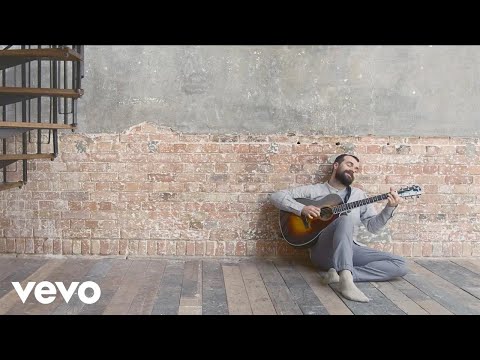
Whilst my expectations of the slowmo were pretty accurate (I still don’t like it—it looks like potato), I just couldn’t ignore the beautiful 8K. The tonality, the dynamic range, the highlight roll-off. “RED might actually have something here,” I thought to myself.
I had to get my sweaty mitts on one.
Usually, this is the part where I talk about calling Video Europe. This time, they were the chaps who called me! Like an excited school kid, Julian rang to tell me that they had just taken stock of the most spec’d out Weapon that RED make. All the bells and whistles.
I didn’t have much time to put together any sort of formal plans for a test, or much time to really shoot a comprehensive test, so I settled for comparing the two lenses I thought would yield the most useful results for me: the Cooke S4i 35mm and the Leica Summilux 35mm.
I shot my tests in full 8K 5:1 RAW, the most information the camera would let me capture. ‘Cause why not?
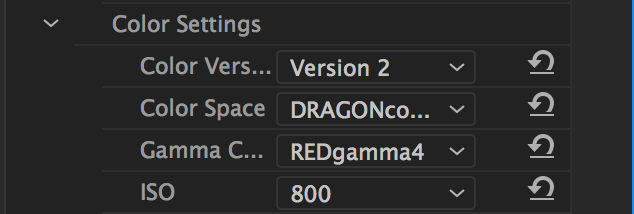
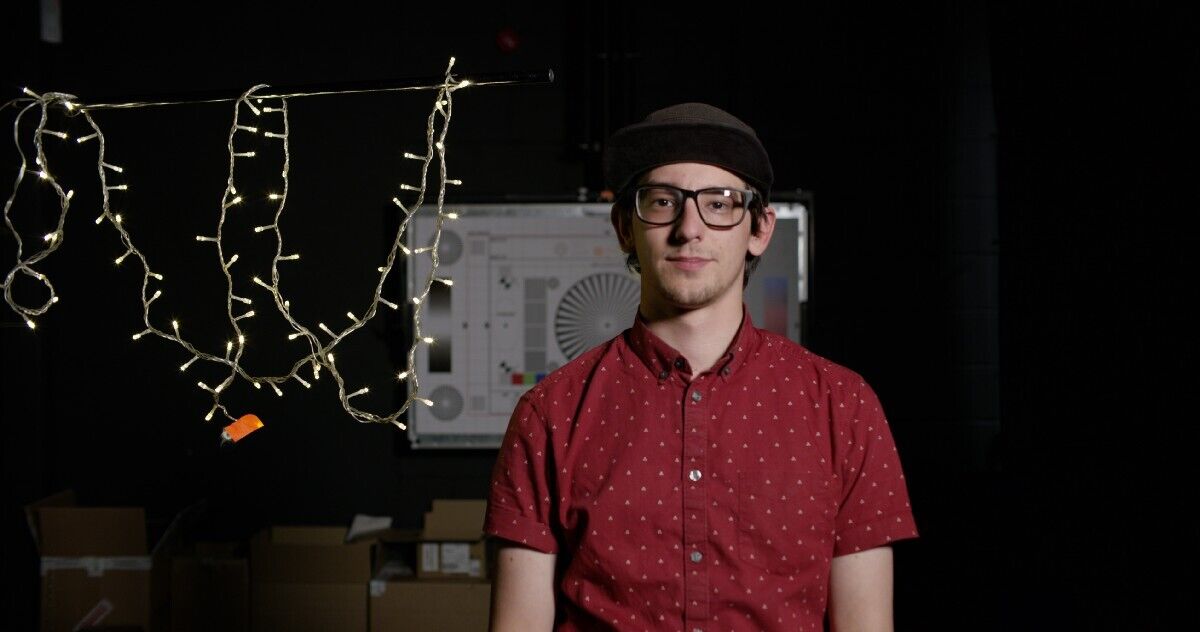
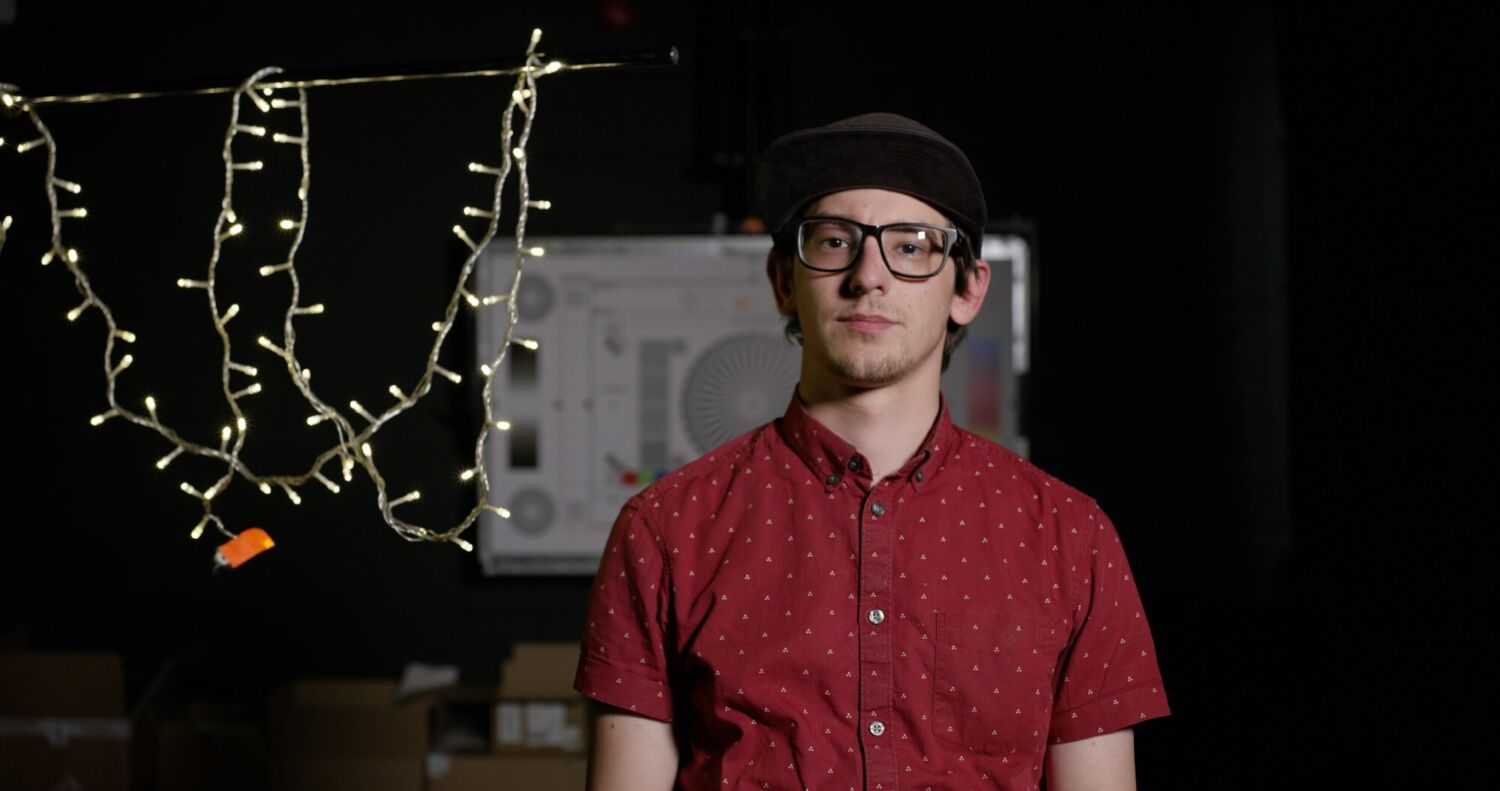
As soon as I imported the footage into Premiere Pro, I was blown away. RED’s latest colour tech really does look great. Gamma 4 (RED’s latest in-camera colour profile) is awesome if you’re looking for an “out of the camera, ready to go” look, or just looking for an easy place to start a grade from. I was a big fan of the skin tone reproduction. Of course, if you wanted to run a LUT on set you could always choose REDlogfilm (RED’s flattest, widest dynamic range cinema gamma) and go from there.
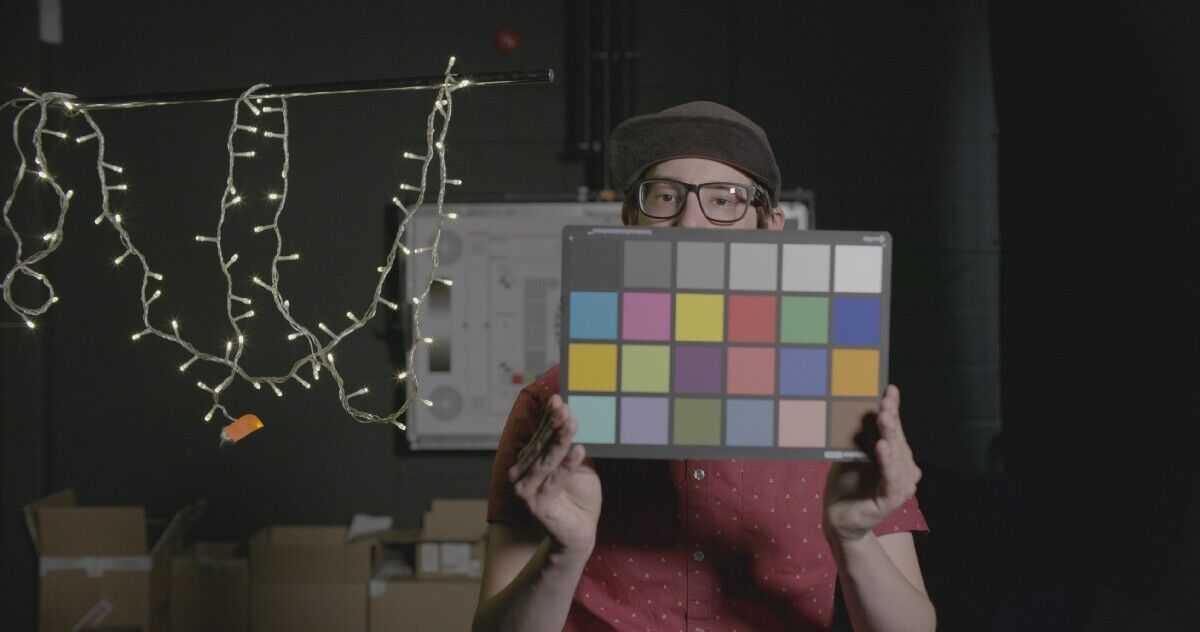
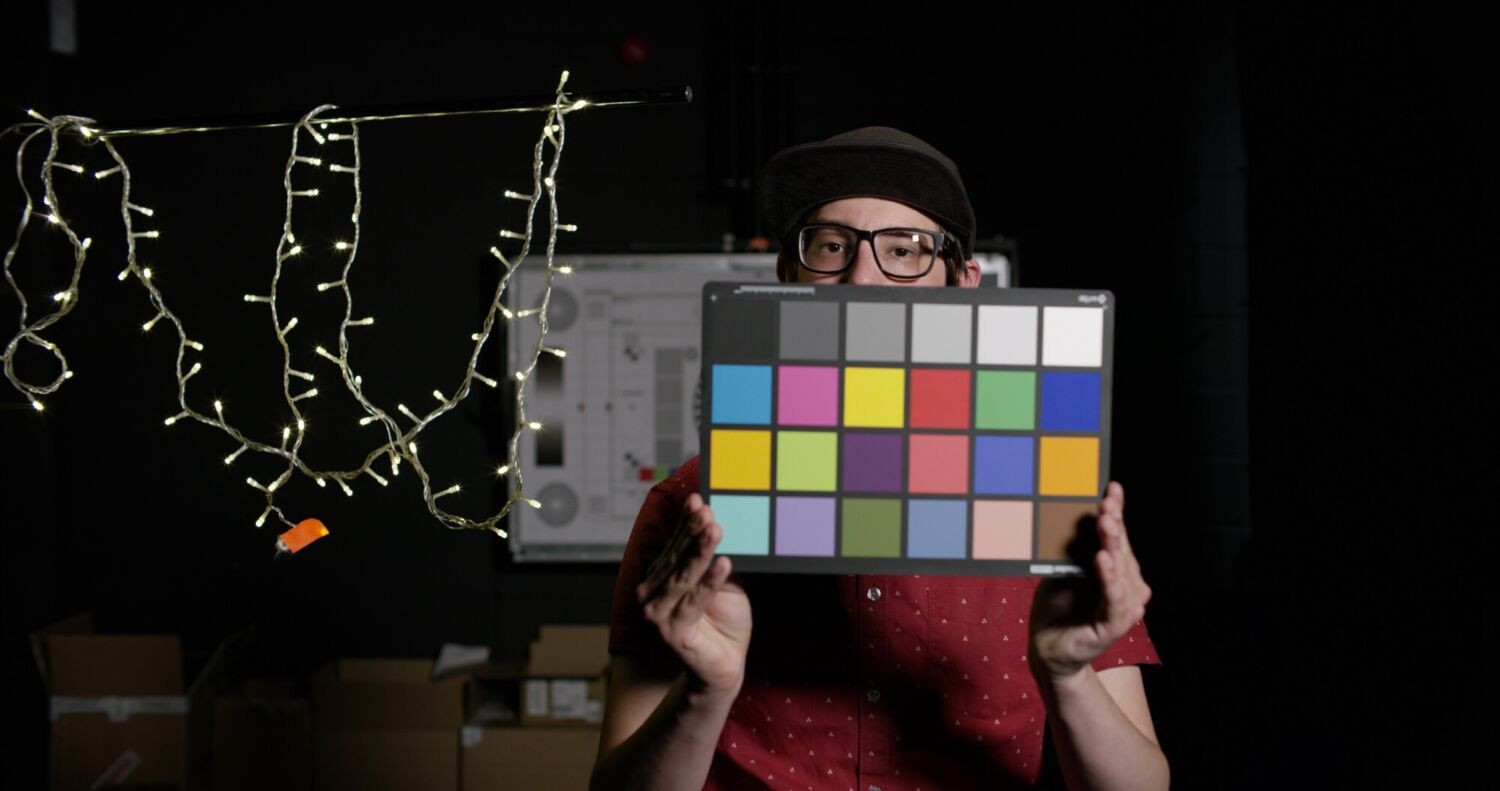
I set the white balance of the camera to 3200k to match my key light—an Aperture LED—however I wasn’t overly concerned about getting it perfect on the day. I wanted to see how good RED’s auto balance function was and how well the RAW data could be manipulated in post. That is the point of RAW, after all! I shot a chart with a middle grey and autocorrected the balance in Premiere using RED’s Master Clip Effects box, and BOOM! Perfection.
I asked Elliot (the resident camera tech wizard) from VE if he would be confident in using the camera’s auto balance function on set and he was convinced it would be adequate.
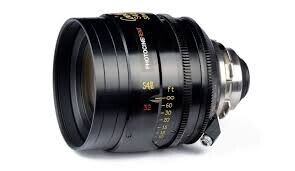
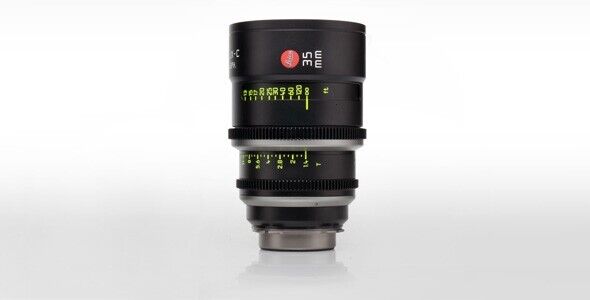
What you’ll probably also notice from the two tests I shot is the difference in the 35mm lenses. Cooke S4’s, whilst being beautiful, accept some level of lens distortion in both colour and shape. The soft, slightly warm skin tones and a less rectilinear, less flat image is probably best characterised as the “Cooke look”.
I’m personally a big fan of this. A big part of what drives me as a cinematographer is people and emotion, so anything that helps make my talent look more human and relatable is an attractive feature, for sure.
The Leicas, whilst probably being some of the most scientifically, measurably-accurate cinema lenses on the market, left me feeling uninspired. They do have some very attractive features—such as identical focus gear placement and lens diameters across the set—but in terms of the image, they felt very flat, which is probably amazing for VFX artists, but for me, they weren’t making Elliot pop out of the screen like the Cookes were.
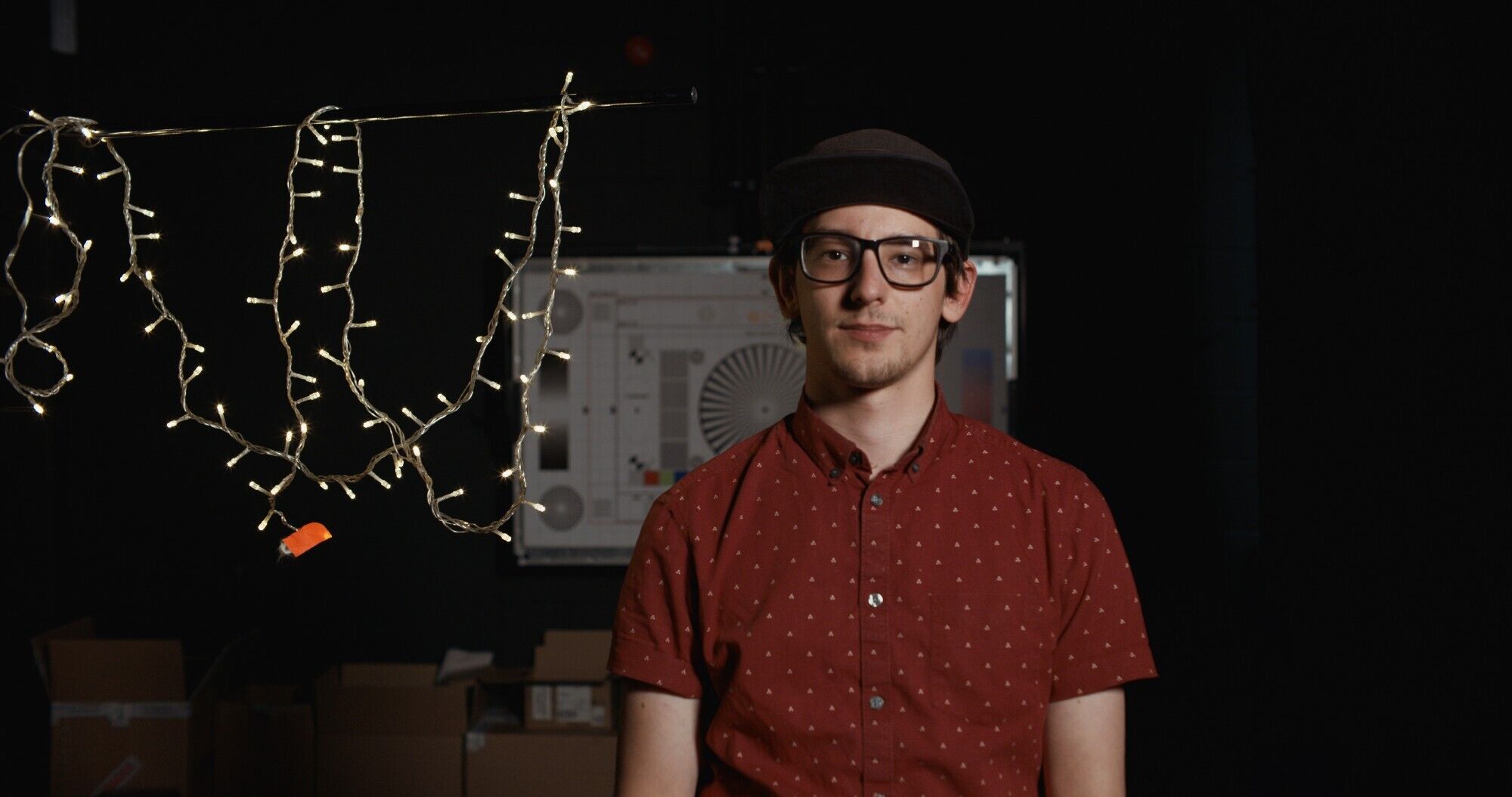
There’s no doubt that I want to shoot a project on this camera. Even if it was just for 4K or even HD delivery, having that much acquisition data to play with and sampling it down will no doubt lead to the best possible finished product.
I’m a bit skeptical of the camera’s 16.5+ stops of dynamic range, and I’d be interested to see how it handles a low-key, dark shoot, as you only have to look at the difference between the Sony a7S and a7R in low light to see that more pixels cause more noise due to the smaller size of the photosites (For a really thorough explanation of this, watch this video on pixel density vs noise). To have 35.4MP and be great in low light, they’d have to be really, really special pixels.
Elliot was also keen to point out that the Weapon also has a pathway to becoming a Weapon 8KVV with an upcoming sensor upgrade.
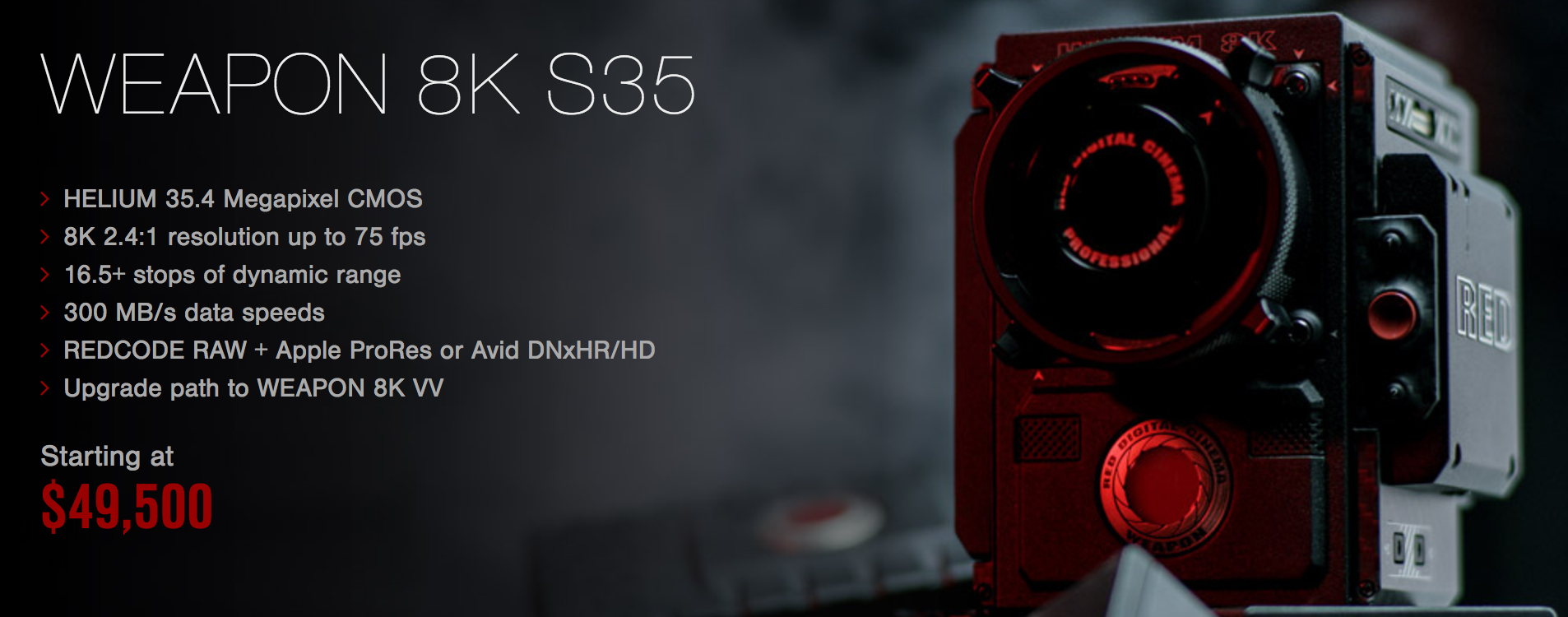
Things are looking up!
